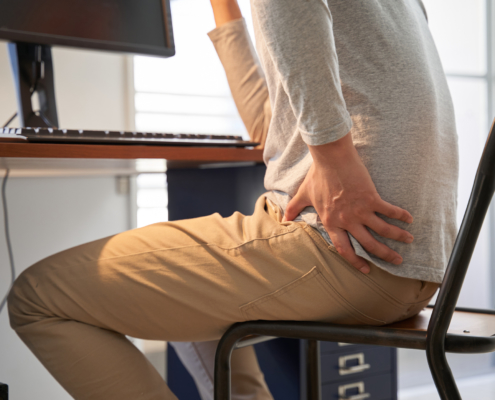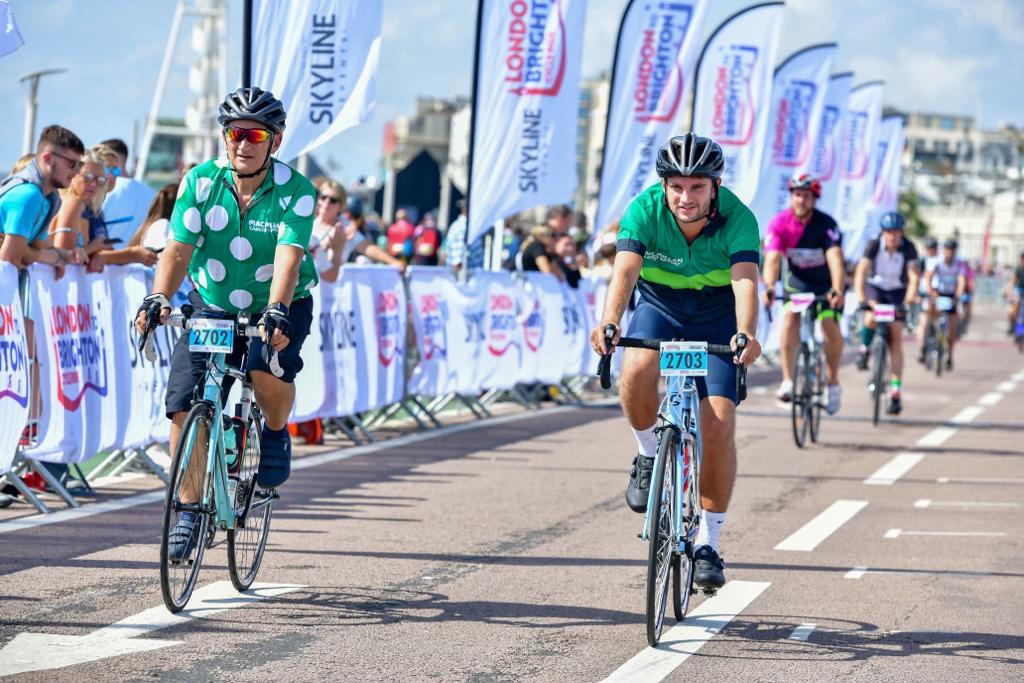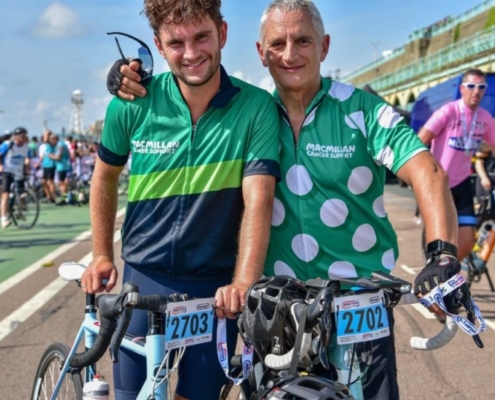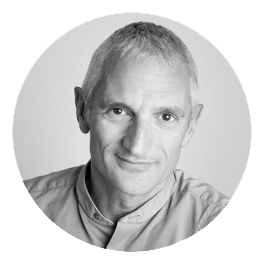If you’ve read any of my previous blogs, you’ll know that stress and the impact it has on our bodies is something I’m fascinated by.
Stress can be defined as the body’s reaction to feeling threatened or under pressure. This natural response can manifest in various ways, including physically (for example, an increased heart rate and muscle tension) and mentally (i.e. anxiety, irritability or difficulty concentrating).
As the latest statistics* show, we all experience stress to some degree throughout our lives. And, as an Osteopath and Autogenic Training practitioner, it’s something that brings many clients to my clinic.
A little stress is normal. However chronic stress can become a problem. Therefore, how we respond to stress is what makes the biggest difference when it comes to safeguarding our overall health and wellbeing.
With April marking Stress Awareness Month, I wanted to raise awareness about how the simple practice of mindfulness can help.
What is mindfulness?
Mindfulness is all about being present and engaging with the here and now. It’s about living with intent rather than living your day-to-day life on auto-pilot and accepting that life isn’t perfect so it’s worth working with what you have now, not with what was or should have been.
Practicing mindfulness can result in a wide variety of benefits for our physical and mental wellbeing. For example, it can:
- Reduce anxiety and stress
- Provide a much-welcomed break from distractions
- Boost creativity
- Improve attention span
- Lower blood pressure**
- Improve sleep quality***
- Help you manage your emotions so you can respond instead of react
- Help you reshape your perspective so you can focus on what is important in life
Practicing the art of mindfulness
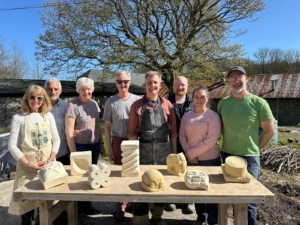 Not long ago, I went on a three day stone carving course at West Dean College in Sussex with my wife for her birthday.
Not long ago, I went on a three day stone carving course at West Dean College in Sussex with my wife for her birthday.
The idea came about after we were watching the news and she was fascinated by how traditional stone masons had helped restore the 12th-century Notre-Dame Cathedral in Paris, after most of it was destroyed or damaged in a huge fire in 2019.
My wife has completed previous courses at the college before and been impressed with the knowledge and expertise of the tutors, along with the beautiful grounds the venue is set in.
For this particular course, we were asked to bring an image of something we would like to carve. I chose a mask I bought from a market in Marrakech in February. While my wife decided to create a bird bath.
We each started off with a 7 inch block of Maltese limestone and then our course tutor guided us on how to use chisels and hammers to create the desired shape and detailing.
Being an Osteopath, I’ve always enjoyed working with my hands. But the creative process of carving something was incredibly relaxing, rewarding and therapeutic. I found that when you are focusing on one thing, you are forced to be present. There’s none of the usual 21st century distractions, like smartphones ringing or social media notifications, for your brain and body to contend with. Instead, all you have to focus on is where you’ll carve next.
“It is not stress that kills us, it is our response to it”
Therefore, it’s important to look inwards and shine a light on your thoughts, feelings and senses because — as both I, my wife and my patients have seen and experienced first hand — if we let stress consume us, it’s our overall health and wellbeing that may suffer as a result.
Of course, stone carving isn’t the only way to help bust some stress and be ‘in the moment’. Simple actions like going for a walk in nature, journaling or gardening can help.
The same can be said for cooking or writing. It’s about finding what works for you and really connecting with yourself because, as one of the most celebrated physicians and the leading expert in the role the mind-body connection plays in illness and health, Dr Gabor Maté, says: “When we have been prevented from learning how to say no, our bodies may end up saying it for us.”
For more tips on how to manage stress, read up on how to navigate stress during unsettling times and discover how mindfulness and meditation can change the brain structure in eight weeks.
Or, to book a consultation with Osteopath Robin Kiashek, who is registered with both The General Osteopathic Council and The British Naturopathic Association, please click here.
**https://pmc.ncbi.nlm.nih.gov/articles/PMC7792371/
***https://www.sciencedirect.com/science/article/pii/S2212958824000879

